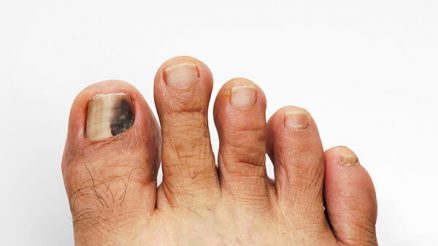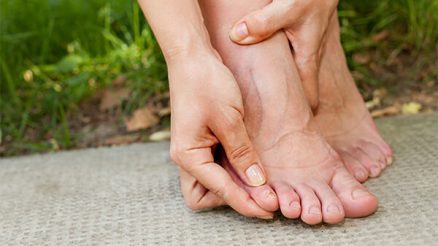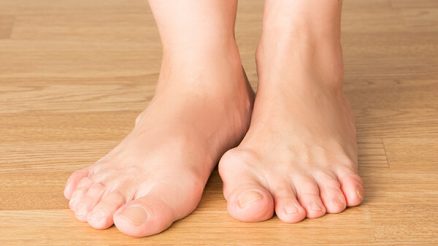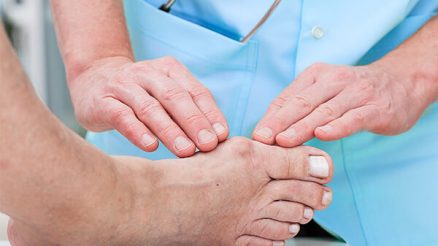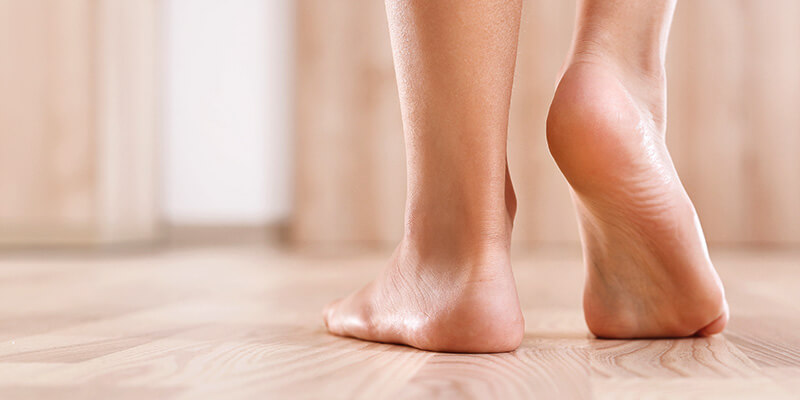
Testing | Foot Types | Importance | Conclusion
The positioning of your foot’s plantar fascia ligament determines your foot arch type. This is the bottom part of your foot that runs between the heel and the ball. It has a lot to do with your stability. The plantar fascia is responsible for even weight distribution and absorbs all pressure subjected to your feet by any physical activity.
When you move about without any pain on your feet, it is your plantar fascia working for your comfort. There are only three known foot arch types. Get your feet scanned or checked to determine whether you have high arches, normal arches, or flat feet.
What are the Different Ways to Determine Your Arch Type?
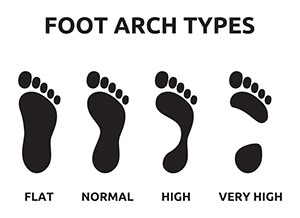
You need to know your arch type to buy the right footwear. Apart from scanning, there are various tests you can do at your convenience to help you determine your arch type. The following tests come in handy if you need to know your arch type:
The Wet Test:
This is an easy test you can do on your own. All you need is a shallow basin, clean water, and a heavy, plain paper. Follow the steps below to find out your arch type:
- Put a thin layer of water in your shallow basin.
- Place the sole of your foot lightly on the water to wet it.
- Step on the blank piece of heavy paper and remove your foot.
- Observe your foot imprint on the paper.
The Wear Test:
Your old shoes can tell your arch type, which determines the pattern they take when wearing out. Assess the sole of your shoes, preferably where the ball of your foot sits. You’ll notice a specific pattern of wear and tear.
- Wear on the inside part where your big toe sits indicates flat feet type or a pronator.
- Wear in the middle of your shoes indicate neutral or normal arches.
- Wear on the outside where your little toe is positioned indicates you’re a supinator or high arch foot type.
Look at the Side of the Foot:
If you are to do this test on your own, stand on one foot to observe your arch from the sides. You can also get someone to observe your arch from the side of your foot while you stand upright.
You are a pronator if your arch is flat or a supinator if it is higher. Your arch type is neutral if the space beneath your arch can fit your finger width.
See Your Podiatric Physician:
A podiatric physician doesn’t just determine your foot arch type, but can also examine and point out any related problems. Visit a podiatric physician before engaging in any physical exercise.
The professionals are trained to identify potential feet problems and sensitize them for discussion. A podiatric physician can also recommend the right footwear for your arch type.
What are the Different Foot Arch Types?
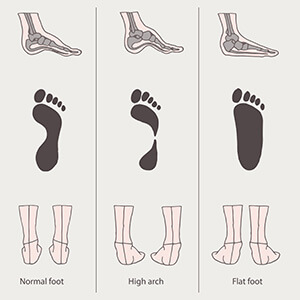
No foot arch type is superior to another because human bodies are different and tend to adapt to any specific feet type. Know your foot arch type because each has a unique set of advantages and disadvantages.
There are three known and documented foot arch types. Are you of the medium, low or high arches? Here are the differences in foot arch types that distinguish your feet from others:
1. Medium Arches
Medium arches are the most common, with about 60% of the population worldwide said to have this foot arch type. Neutral foot arches fall into this category. With medium arches, you may require less support on your feet as your hips, ankles, and knees, align more easily.
However, if you don’t take care of your feet over the years, your arches can collapse as you age. Use insoles designed to support medium arches for good maintenance of your feet for many years.
2. Low Arches
Low arches occur if your foot closely or entirely touches the ground when you stand straight. Also known as pronators, about 20% of the world’s population has low arch foot type. It is flexible, with a little arch definition.
There are complications associated with low arches as they’re associated with biomechanical imbalance. If you have low arches, you are prone to problems such as plantar fasciitis, heel pain, and arch pain. Visit a podiatric physician regularly because you’re prone to developing the following conditions:
- Over-pronation
- Bunions
- Post-tibial tendonitis
- Heel spurs
- Plantar fasciitis
- Medial knee problems
With proper care and treatment, low foot arches should not worry you. Make sure you do the following to care for your feet:
- Visit a podiatric physician for treatments and advice.
- Wear the right footwear for flat feet.
- Use foot orthotics designed to support low foot arches.
- Opt for surgery to repair and improve your stance if you experience severe heel pain or arch pain.
3. High Arches
With a high arch foot type or cavus foot, the heel and the ball of your foot carry most of your weight. However, you may experience no pain as your body may be accustomed to handling this effect. Nevertheless, this is not the case with situations where you develop a high arch from a neutral arch as you age.
You are a supinator if you have a high arch. About 20% of the world’s population has high arch foot type. It involves your stance supinating/rotating outwards and thus can affect your knees, ankles, and hips.
There are complications associated with high arch feet because it is rigid with arches sitting higher from the ground. The well-defined arch exerts excessive pressure on the fore and rear foot. With a high arch, you are prone to problems such as:
- Heel pain syndrome
- Ball-of-foot pain
- Plantar fasciitis
- Arch strain
- Metatarsalgia
- Calluses
- Claw Toes
The following can help you manage and treat high arch effects:
- Visit a podiatric physician for treatment and advice.
- Wear the right footwear for high arches.
- Use foot orthotics designed to provide cushioning and alignment to avoid injuries.
- Live a healthy and active lifestyle.
Why is it Important to Know Your Foot Type?
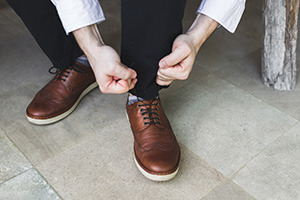
With knowledge of your foot type, you can take proper care of your feet. In most shoe stores, your foot arch type is as important as shoe size to get the right footwear. Due to the notable difference in foot arches, foot orthotics are designed to provide support, cushioning and alignment as required.
As a result, your feet get protection from aches, soreness and the risk of back injuries and pain. Research has linked some common health issues to wrong footwear. For instance, the following problems often arise from wearing the wrong footwear:
- Hammertoes
- Callus
- Blisters
- Inflammation, rubbing, and shortening of the Achilles tendon
- Painful knees and calf muscle
- Swollen feet and ankles
- Plantar fasciitis
- Ingrown toenails
Conclusion
Get your feet scanned on a regular basis not just to know your foot arch type, but also possible health problems for proper treatment and management. When shopping for the right footwear, consider size, your weight, how long you walk on a weekly basis, biomechanics, and of course, your feet arch type.
Sources:
Foot Health Facts, Cavus Foot (High-Arched Foot)
Medical News Today, What to know about flat feet





